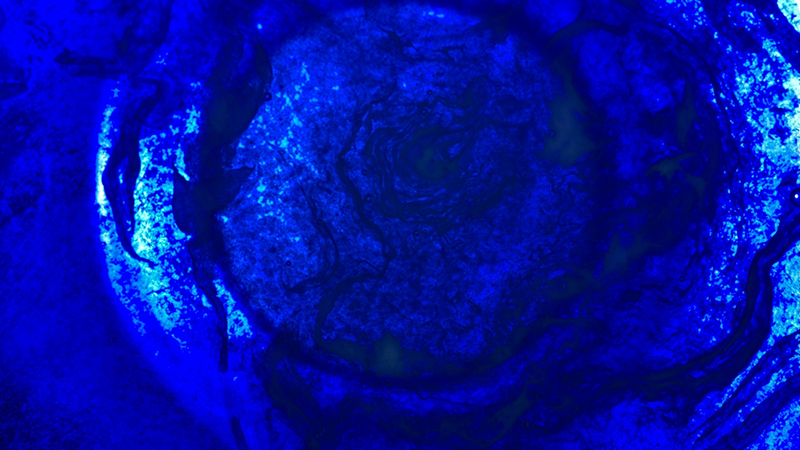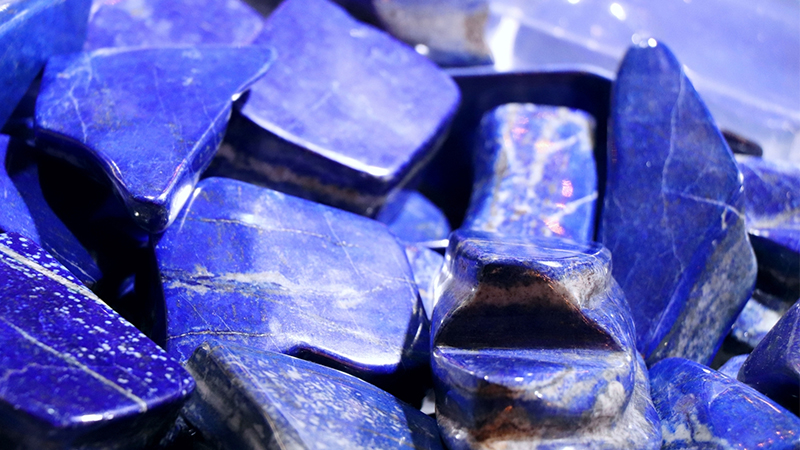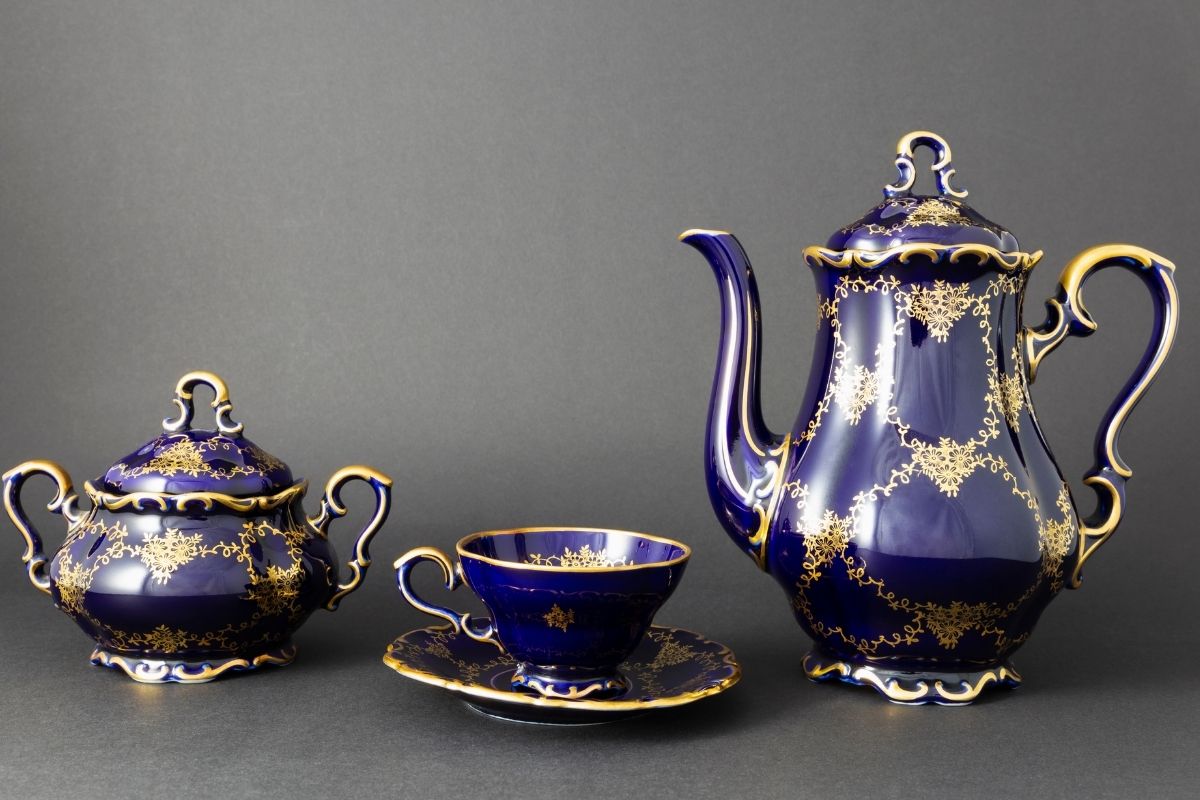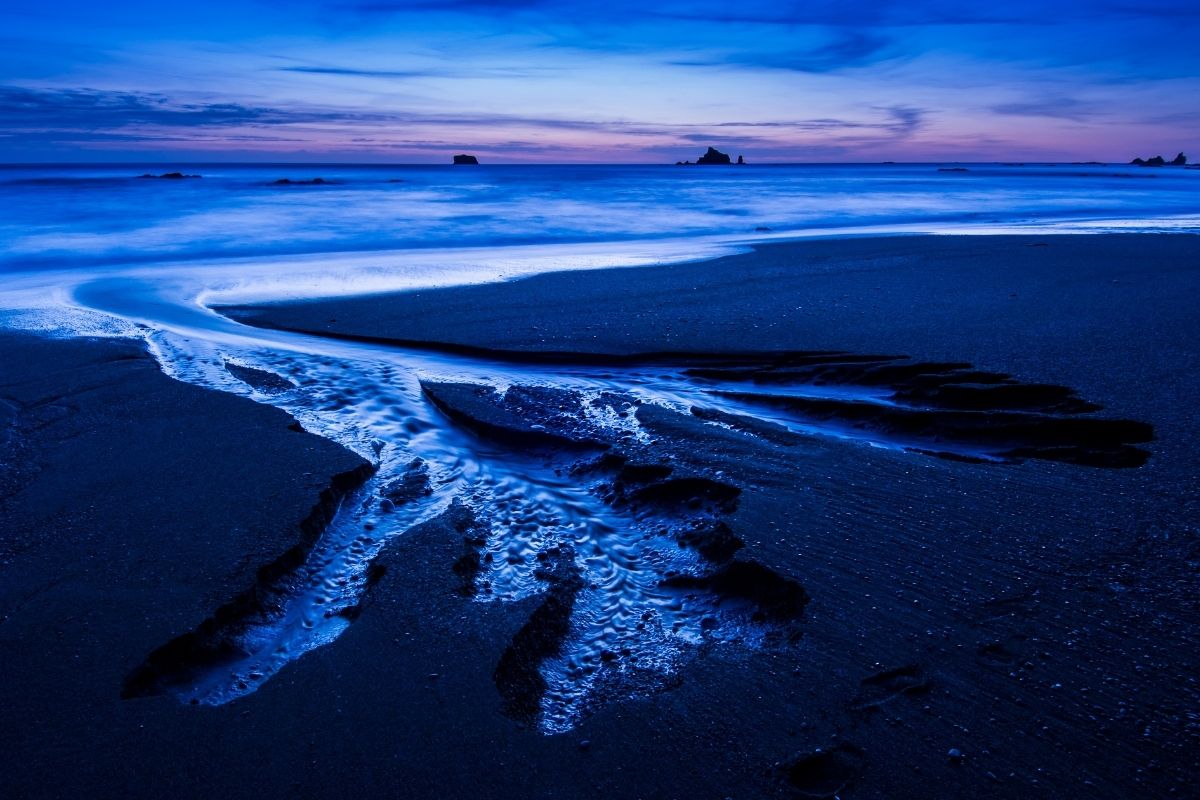What Color Is Cobalt? About Cobalt Color
In this article, we talk about what color is cobalt, where it comes from, how it has been used across history and culture, its meaning, and its intricacies as a color.
As far as shades of blue go, few have the history or significance of cobalt blue.
Few colors, or shades of blue for that matter, have become as culturally recognized across the world as cobalt blue. From works of art to industry, even to popular video game icons, cobalt blue is everywhere.
What Color Is Cobalt?
As a blue pigment, cobalt, or cobalt blue, owes its origins to cobalt (II) oxide and aluminum (III) oxide. Together these two compounds are sintered-a process wherein materials are compacted together by heat or pressure to the point they liquefy, but are just shy of actually melting. The result of the sintering process is cobalt blue, whose chemical names include CoAl2O4, cobalt (II) aluminate, as well as cobalt (II) oxide-aluminum oxide.
As a pigment, it is incredibly stable, which means alkalis, heat, and even acids in high concentrations have very little effect on it. Similarly, cobalt blue is highly resistant to degradation from light exposure. With all these qualities, on top of its beauty, it is no wonder cobalt blue has stood the test of time.
Cobalt blue owes its English language name to the German language. In particular, the word kobold, which is the name for a breed of goblin or malicious house spirit. For a time, medieval miners maintained the belief that cobalt ores made it harder for them to extract silver from the raw ore containing it.
History is filled with uses of this blue pigment. Cobalt blue has been found in Chinese porcelain, albeit using a formula different from what is widely recognized today, going all the way back to the early 800s or even the late 700s. It has also been used in other ceramic works throughout history, including stained glass windows.
Cobalt blue, as it is known in the modern-day, was developed by Louis-Jacques Thénard in 1802. His pigment formula of cobalt blue was entirely alumina-based. Jean-Antoine Chapel, who was France’s Minister of the Interior at the time, had commissioned Thénard to create an artificial alternative to ultramarine. Thus, cobalt blue received its alternate name, Thénard Blue.
The English artist John Varley, who was famous for his work with watercolor, was a strong advocate of cobalt blue. In his List of Colors, published in 1818, he regarded cobalt blue as an alternate option to ultramarine, citing the brightness of the former’s color and how superior cobalt blue was as the go-to color of skies and other things. Varley pointed out how normally such objects in paintings needed even tints. Cobalt blue, though, thanks to its own greater brilliance and its contrast, could be used to “subdue” other blues and their own brightness.
Other prominent names who made use of cobalt blue include Romanticists like J. M. W. Turner, Impressionists such as Claude Monet and Pierre-Auguste Renoir, and the most famous of Post-Impressionists (if not among the most famous artists of all) Vincent van Gogh.
Cobalt blue is a popular color for automobiles, especially those coming from Bugatti and Jeep. Thanks to how stable the blue pigment is, even when exposed to alkali, cobalt blue has often been used to provide the ‘blue’ in blue concrete. This specific color can also be recognized in the sports world, particularly the soccer teams Sporting Kansas City and Real Salt Lake.
Both nations of Romania and the Netherlands use cobalt blue in their flags, as does the state of Nevada, USA.
One of the most iconic figures and mascots in video games, Sonic the Hedgehog, becomes a cobalt blue blur when he runs.
What Colors and Shades Does Cobalt Blue Come In?

Cobalt blue can be recognized as a medium blue. It occupies a place between the darker navy blue and the less intense sky blue.
There are various shades of cobalt blue, each with its own Hex identifier, RGB, and CMYK breakdowns.
-
First is Cobalt Blue itself: Hex #0047AB; RGB 0, 71, 171; CMYK 100, 58, 0, 33
-
Stained Glass Blue: Hex #2E37FE; RGB 46, 55, 255; CMYK 82, 78, 0, 0
-
Light Cobalt Blue: Hex #6666FF; RGB 102, 102, 255; CMYK 60, 60, 0, 0
-
Dark Cobalt Blue: Hex #3D59AB; RGB 61, 89, 171; CMYK 64, 48, 0, 33
Cobalt also comes in other colors besides traditional blue. Usually, these alternative cobalt colors can be seen in watercolor and oil paints. This non-blue cobalt includes Cobalt Green (RGB 61, 145, 64), Cobalt Violet (RGB 145, 33, 158), Cobalt Turquoise, and even Cobalt Yellow.
How Do I Use Cobalt Blue?
As a “cool color,” cobalt blue is heavily associated with nature, particularly the sky and water. It often inspires a sense of friendliness simultaneously with authority and trust. Many people find cobalt blue soothing as it engenders a sense of peace.
Cobalt blue combines well with warm colors, including orange, yellow, and red. Yellow works especially well when used to emphasize something.
If you are looking for a more sophisticated color combination, then consider putting cobalt blue alongside gray. If it is the watery effect you want, then green makes an excellent partner for cobalt blue.
The Bottom Line
As a color, cobalt blue possesses a richness matched only by the richness of its history. The fact it has been used to touch peoples’ hearts for over a millennium is a testament to itself.
Hope you’ve had a good time learning about cobalt blue.
Read Latest Posts

Hi, I'm Anthony Tran! Welcome to my site. I live in Arizona and am obsessed with all things related to building an Online Business and working from home. Learn about my journey here.
Follow Online





